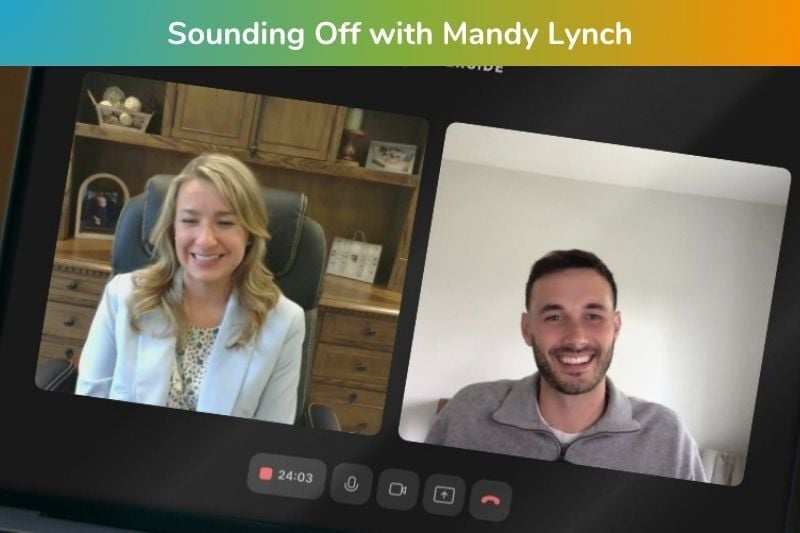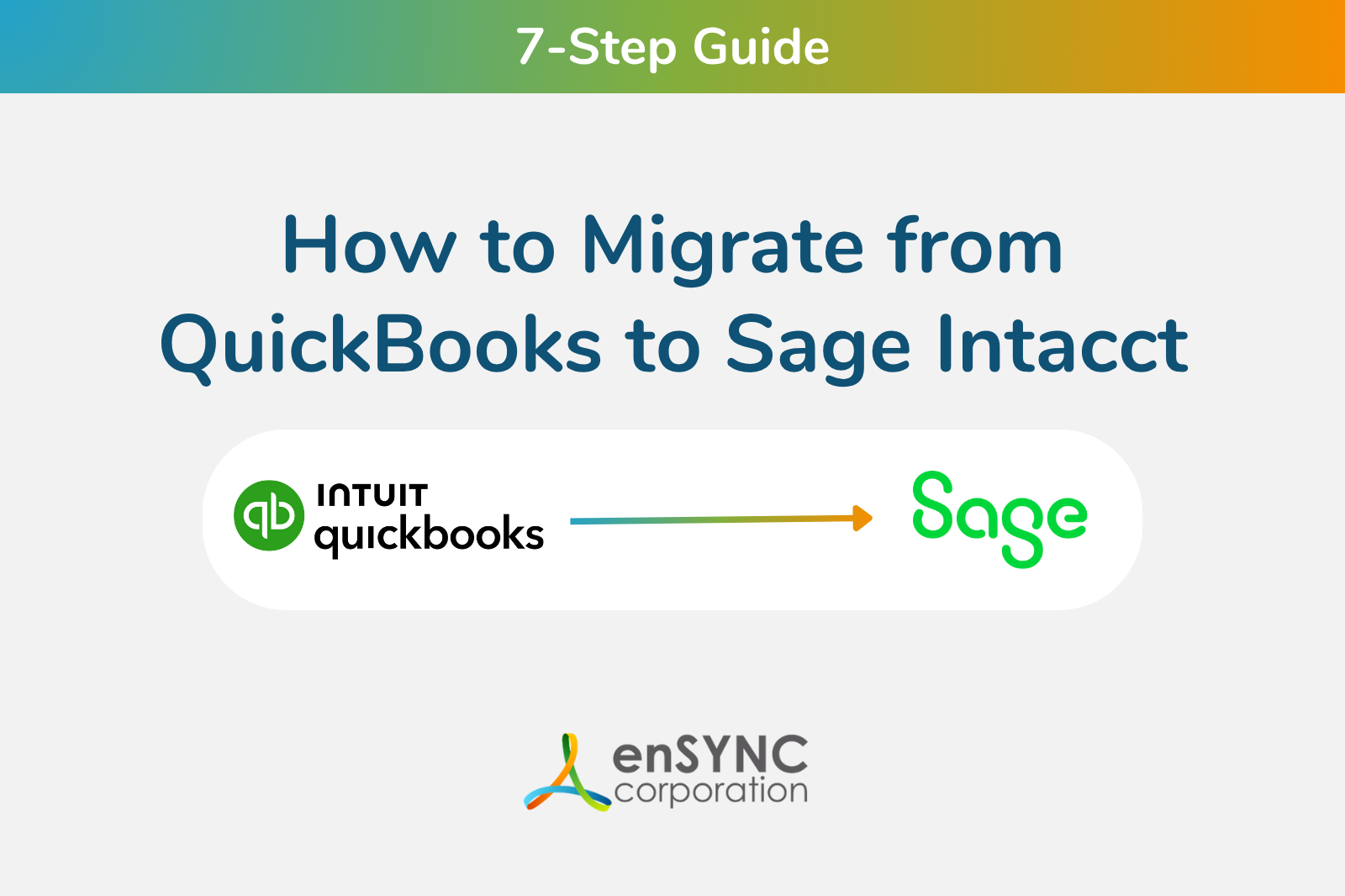Strategy & planning | Member engagement | Legal associations
Tips to Manage Continuing Education for Legal Associations
May 19, 2022
|
Most jurisdictions in the United States mandate that legal professionals across all areas of law earn a minimum number of continuing legal education (CLE) courses. These include multiple education credit types such as professional development, diversity training, bias elimination, ethics, emerging rules and regulations, professional responsibility, malpractice prevention, and managing disputes.
Education requirements are constantly changing, and staying up to date can be challenging for professionals working at a busy law firm or private law practice. To address this issue, bar associations can create online CLE programs that simplify registration and payment while easily tracking hour requirements. Besides boosting value and increasing bar association membership, a successful CLE program can generate consistent revenue.
CLE Provider Requirements
Legal and bar associations that wish to become continuing legal education providers must adhere to the bar accreditation process in their state. Associations that want to have courses certified in multiple jurisdictions must follow approval procedures in each state where they operate.
Accreditation procedures can vary significantly between states. Some online directories publish a list of CLE requirements, including updates related to COVID restrictions. For up-to-date information, consult your local state bar association directly.
Factors That Make CLE Programs Successful
A successful CLE program provides value to new and existing members while driving revenue. As you develop your program, satisfied members generate more referrals, and the cycle continues. While it’s not an easy task, you can start creating (or improving) your CLE program with the following steps:
1. Offer CLE courses that provide value
Step one requires that you understand your members and create a targeted CLE credit program that provides value in accordance with their needs.
Your CLE program can offer standard education courses found across the industry along with specialty courses that align with member interests. The best way to find out is to send members surveys and read market research. Focus on quality vs. quantity to increase value to members so they accomplish their goals faster.
Once you start your CLE program, you can refine your strategy by analyzing data from your association management system. Some valuable insights include signups, attendance, and credit hour completion rate.
2. Provide an easy-to-use platform that members will enjoy using
Continuing education and virtual/distance learning continues to be the preferred CLE delivery method. Stand out from other providers by creating content with a learning management system (LMS) that helps you easily create interactive learning experiences that engage users.
Develop structured learning paths comprised of specific education units that align with member goals. Mix up the content with text, audio, live online or pre-recorded online courses, and live webinars. Find ways to make feedback more constructive and effective by using video, audio, and inline annotations.
Keep in mind that most members are familiar with state-of-the-art banking and social media applications, and they may hold you to a similar standard! A subscription-based LMS will help you offer the same level of service at a fraction of the price.
3. Create an effective marketing strategy
Having a solid marketing strategy is essential to boosting enrollments and revenue. Start the marketing process before you complete your CLE courses so members are waiting to sign up before your system is ready!
Here are some tips to get started:
- Know your audience. When it comes to association membership, there may be generational differences among users however they may not be as big as you might think. A rapidly evolving industry like legal services typically attracts individuals with the intelligence to quickly adapt to changing technology - no matter how many years of experience they may have.
- Use social media wisely. Social media is a critical component of bar association engagement. Stand out by creating posts that demonstrate the clear benefits of your CLE program. Advertise any new courses and include video samples that promote the value of your programs and features of your LMS.
- Create professional landing pages for your courses. Use professional landing pages to demonstrate the course content, who it’s for, and the benefits.
- Segment your market. Segment your newsletter with members that are clearly interested in continuing education. Create an opt-in on your website with a PDF featuring new CLE courses to collect addresses for your segmented list. Alternatively, you can look for a tool in your CRM that measures open rates, allowing you to segment users that open CLE-related messages with greater frequency.
Stay flexible. Marketing is constantly evolving, so be ready to pivot your strategy when required. Continuously evaluate your association’s CLE program so it stays relevant, and adjust your marketing plan to reflect changing market conditions.
enSYNC connects top legal associations with powerful tools that help them reach their continuing education goals.
enSYNC is a trusted partner of prominent legal and bar associations across multiple jurisdictions. We’ve helped numerous organizations create profitable CLE programs with cloud-based software that aligns with their goals.
Recent Posts

Sounding Off with Mandy Lynch: Real Talk on Culture, Care, and Change in Senior Living
In each episode of Sounding Off: Senior Living Execs on Tech, we explore how senior living leaders at nonprofits are embracing technology to shape...

7-Step Guide: How to Migrate from QuickBooks to Sage Intacct
Organizations are constantly growing and changing. So too are accounting needs.
Enjoying our blog?
At enSYNC, we want to empower associations and nonprofits to make well-educated decisions. If you want our industry knowledge (and other free guides) sent directly to your inbox, fill out the form below.

